Expert mold advice, that is what you would want if you had a mold question - right? Everybody wants the best available advice, but is it possible to get expert mold advice? Finding a true mold professional is like finding a needle in a haystack. It’s hard and rarely accomplished. You can blame lack of government regulations as a source of the scarcity of mold professionals. You see New Jersey, Pennsylvania and Delaware have zero mold regulations, so every "Chuck in a Truck" can say they know mold.
On a fairly consistent basis (almost daily to be fair) we get calls from people all over the country that have questions about mold, or need us to interpret mold testing that a professional they hired cannot explain. Fact, if you hire a professional, they should be able to provide professional advice in writing and be able to understand test results. If your expert has a Gmail account, works out of their home or says they are licensed, I would say these are three common threads we find from people who have complaints with a mold company.
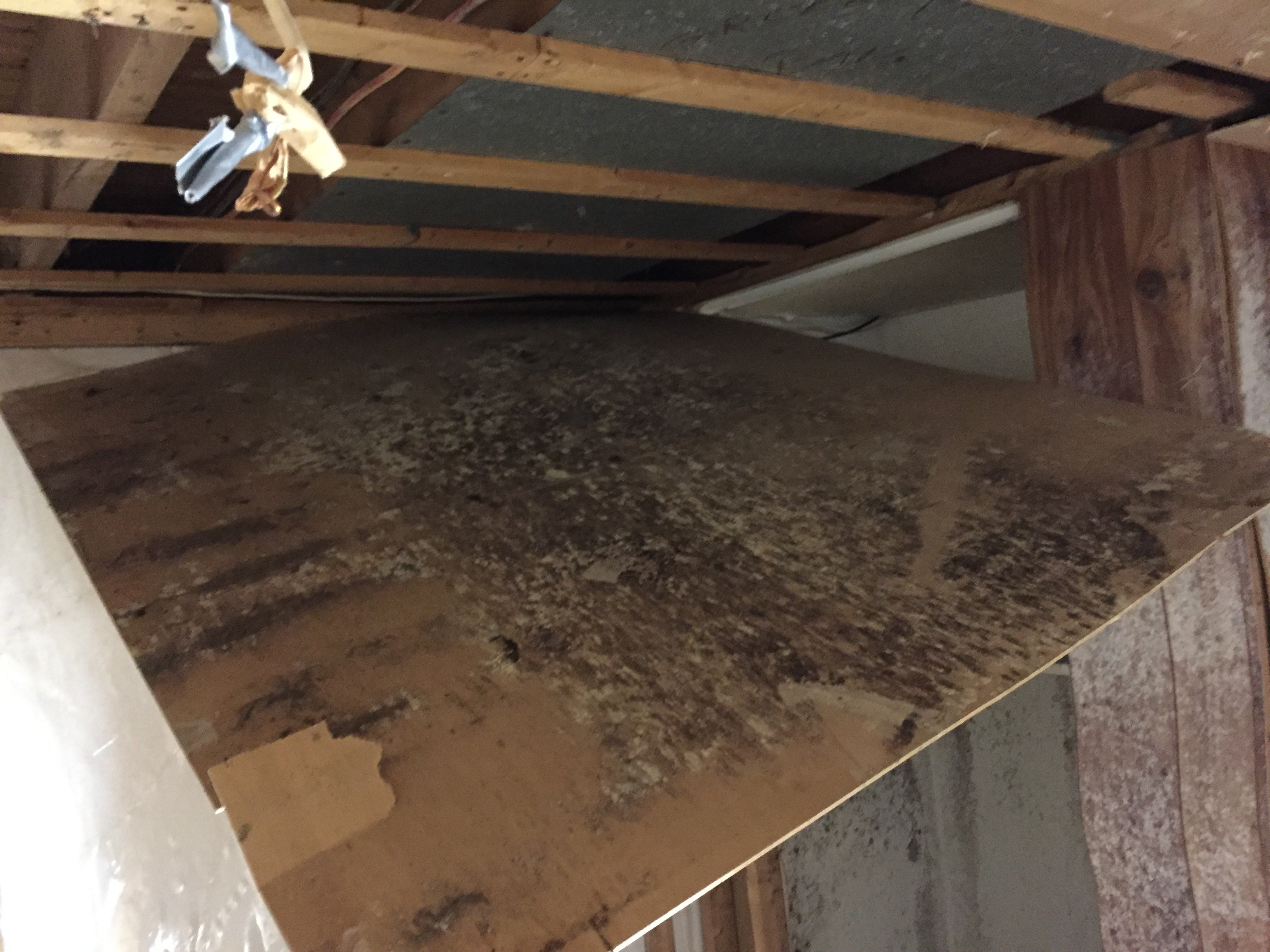
No mold regulations, means no licensing, no required competency or required training and testing, so what is stopping someone from changing careers, say from selling cell phones to doing mold consulting. True story I met someone with just that background at an event down the shore, suffice to say what they knew about mold was very little. Or should I say, what they knew about mold was mostly inaccurate. Did you know the salt air and the pressure treated wood that are prevalent in coastal areas inhibits mold growth? Well, either did he and he told me not to tell people that its bad for business, he said fear of mold sells. Sorry, I can't make this stuff up.
As an environmental consultant that consults on mold, you need to inform clients and provide recommendations on risk and courses of action. You do not sell fear. Mold is harmful to human health, that is established, I have had people not be able to inhabit a home, or office where mold growth was present. I also have people who live in an environment where mold is present and levels in the air are in concentrations where I know health issues were triggered in other people, although the current occupants had no apparent ill health effects from the mold. This is actually not uncommon as we all have our sensitivities to gluten, lactose and mold, so what might be harmful to one person may not be to another. That is not to say mold is a selling feature of a property, it certainly is not but mold has to be looked at objectively.
How to pick a mold company?
- Look for a company that at least 10 years of experience, 20 is better.
- Google their address, make sure they work out of an office, not a home.
- Check the ago of their web site address: https://www.iplocation.net/domain-age The longer a domain has been in operation, means the longer the company has been operating.
- Ensure everything provided to you is in writing, meaning scope of work, what they will do, how they will test and what the test results will mean. Look we all know an A grade is better than a C, and an F is the worst, well translate that into mold test results.
At Curren Environmental we have built a base of knowledge on mold consulting and mold remediation over a 20 year period. We meet all criteria listed above.
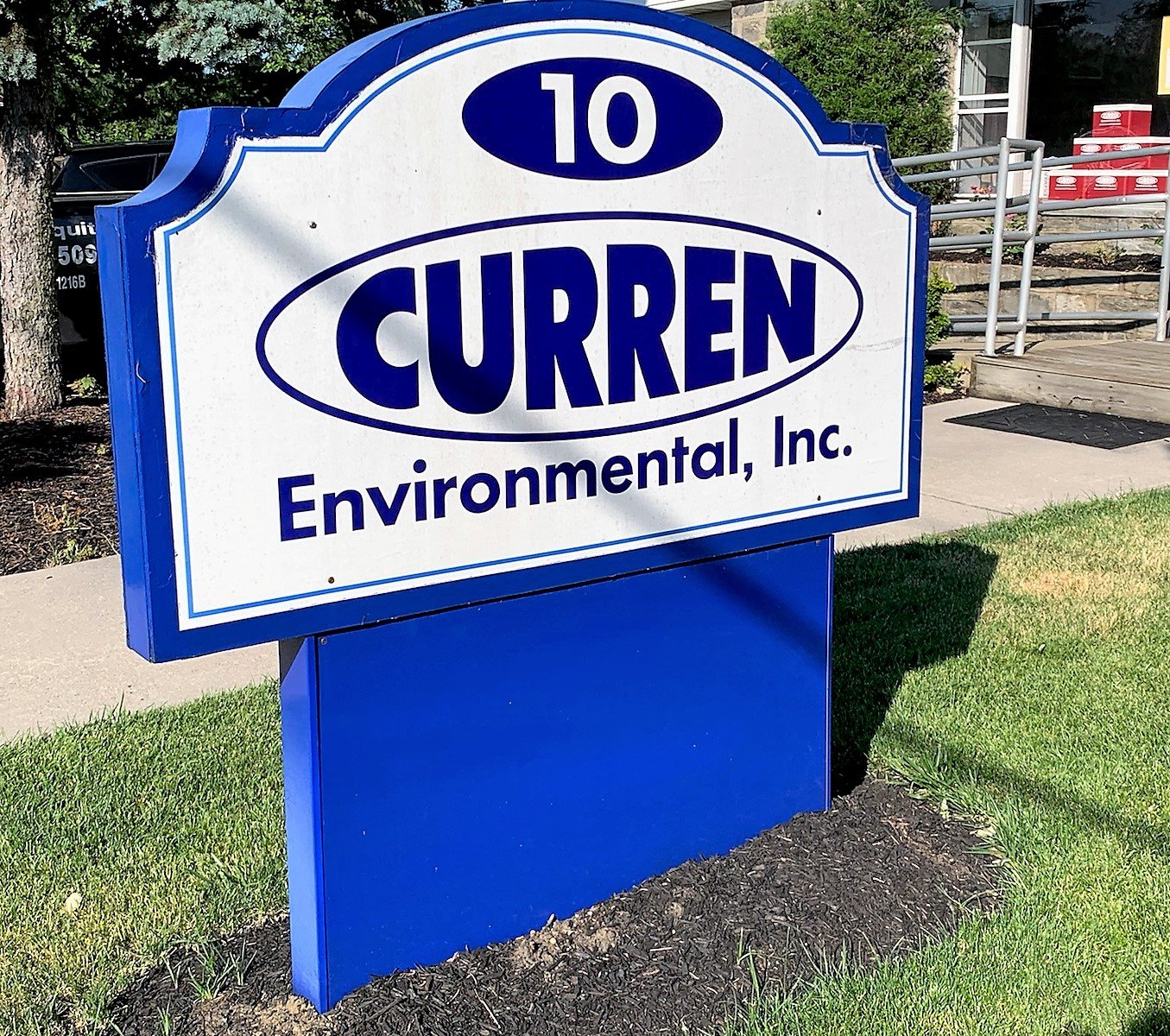




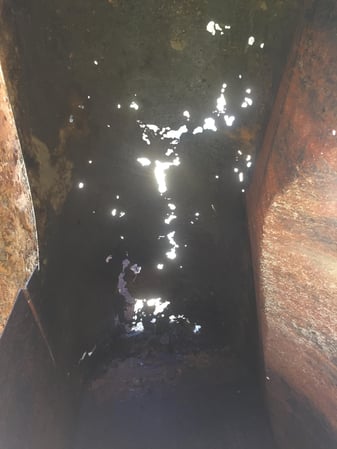
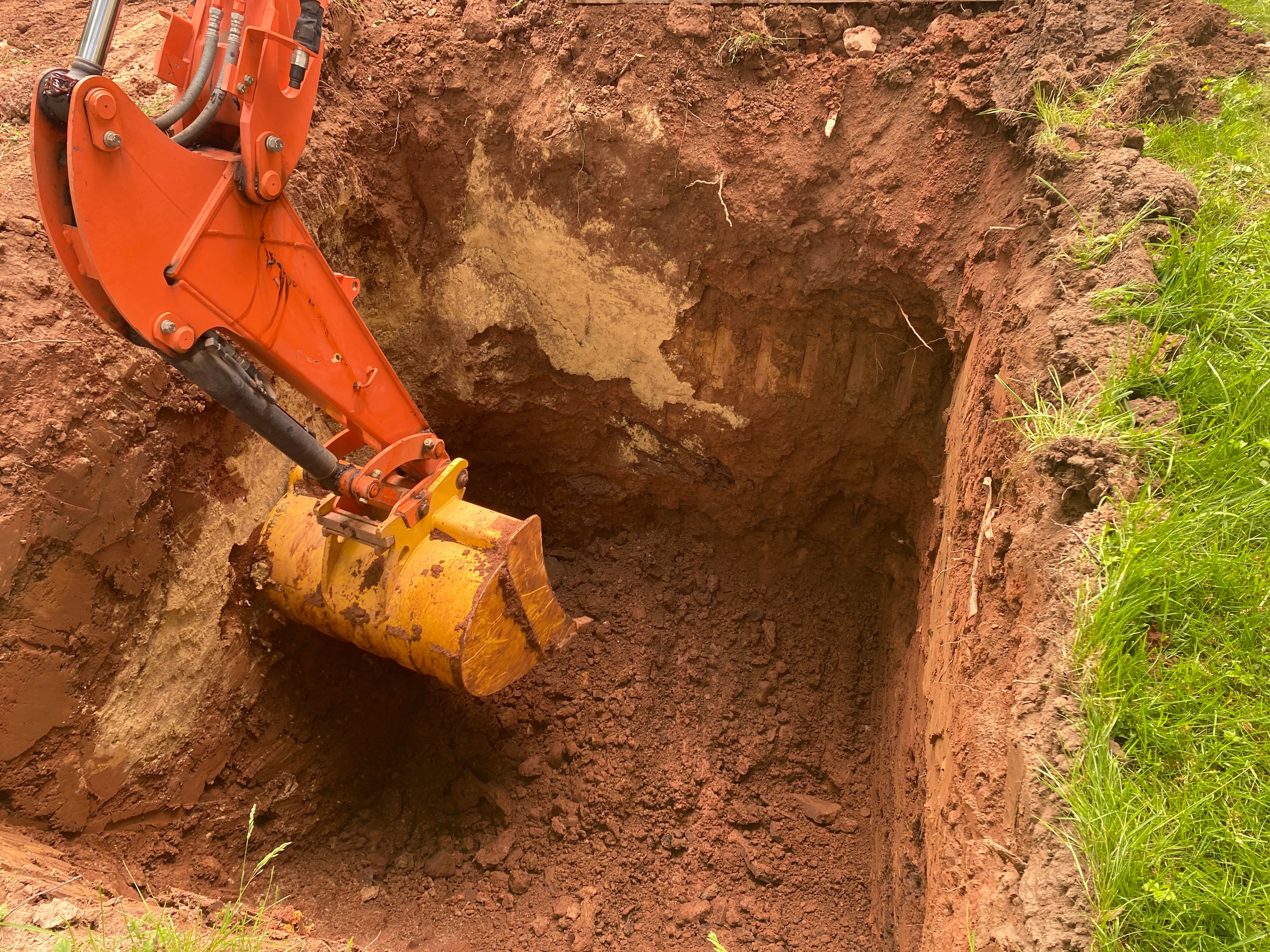
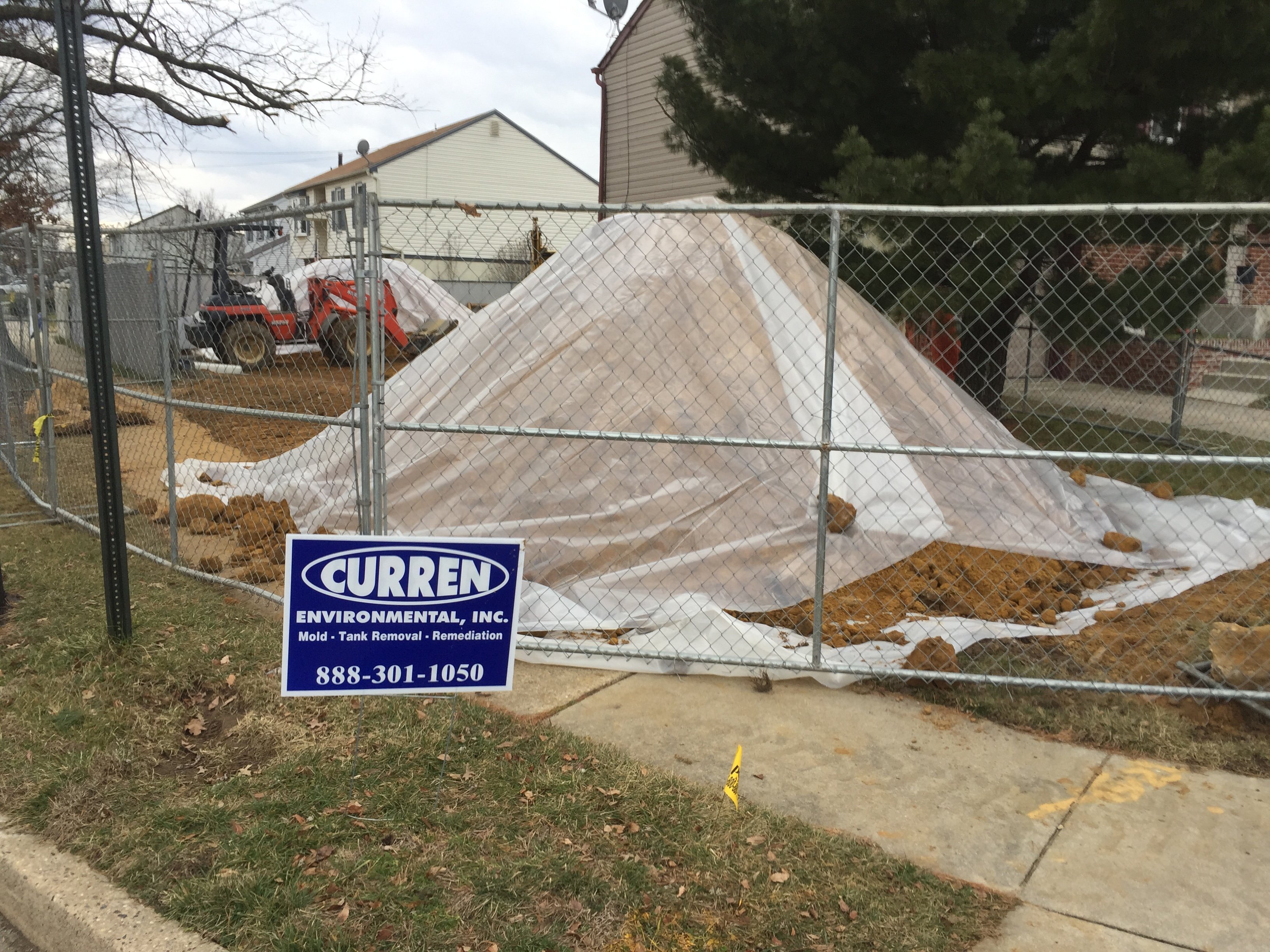



 Third, once the tank is cleaned, you need to test the soil, which entails cutting holes in the bottom of the tank. This takes longer than someone would expect, as the person who cleaned the tank has to leave the tank, change work clothing, to cut these holes. Whereas in the situation when you remove the tank, it is much easier to sample the excavation as the soil is exposed.
Third, once the tank is cleaned, you need to test the soil, which entails cutting holes in the bottom of the tank. This takes longer than someone would expect, as the person who cleaned the tank has to leave the tank, change work clothing, to cut these holes. Whereas in the situation when you remove the tank, it is much easier to sample the excavation as the soil is exposed. Finally, you have the task of backing the area. If you remove the tank, backfilling is fairly straightforward, as you have an open area to fill in.
Finally, you have the task of backing the area. If you remove the tank, backfilling is fairly straightforward, as you have an open area to fill in.

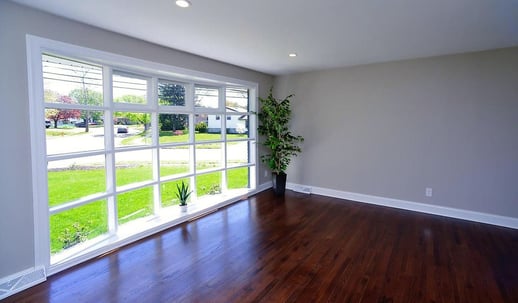
.jpg?width=587&name=mold%20in%20home%20before%20flip%20(002).jpg)
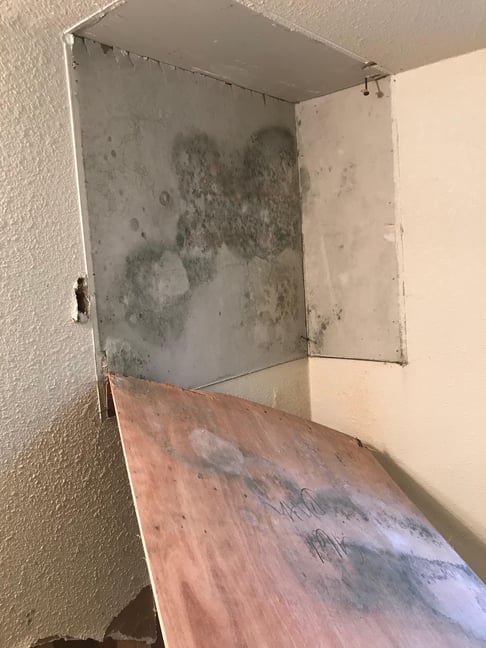
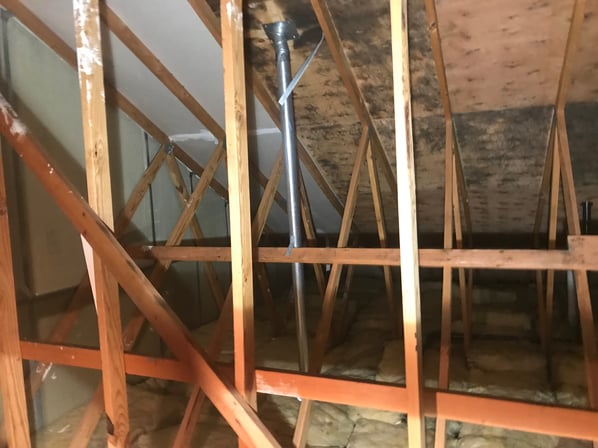
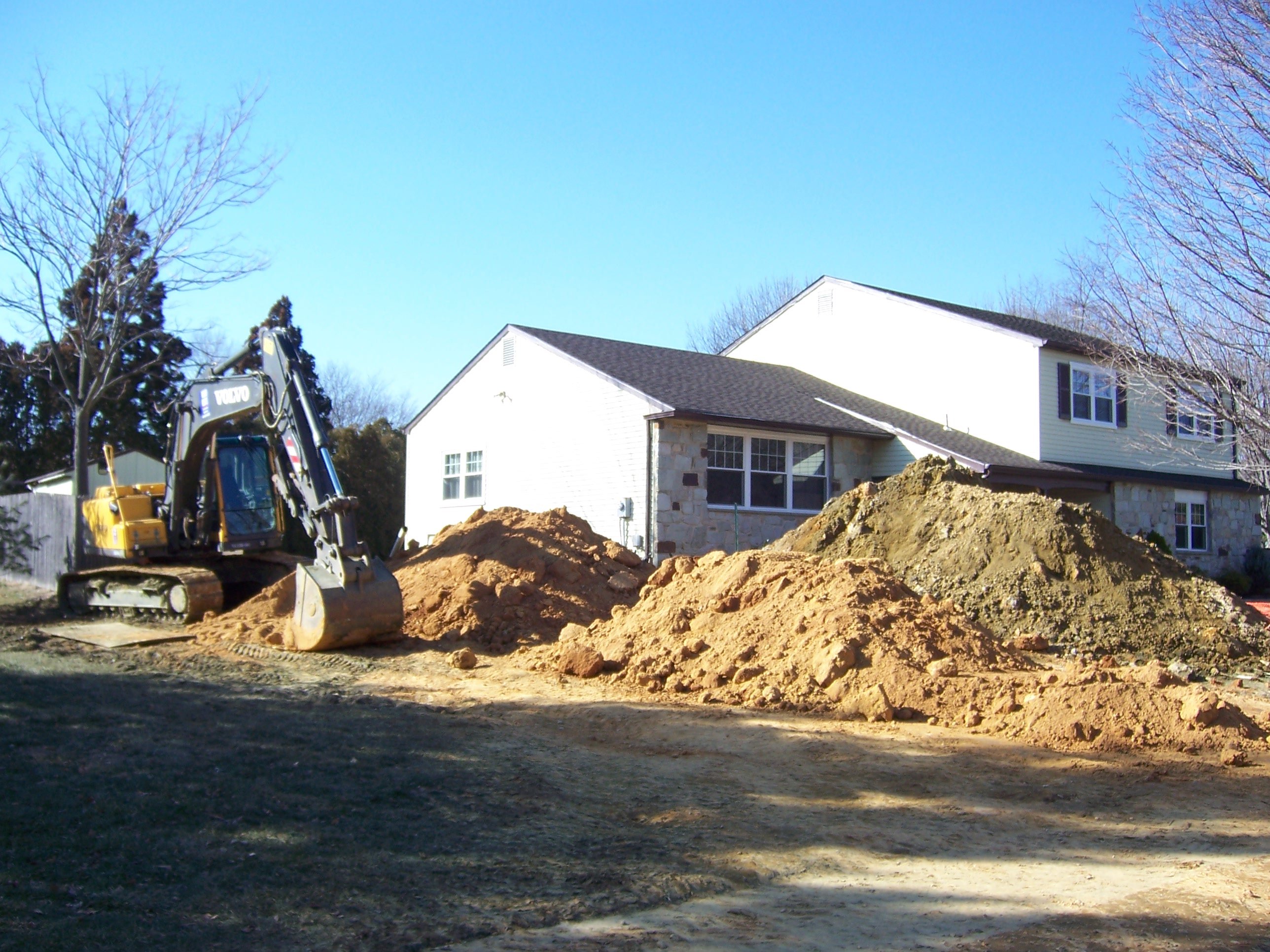
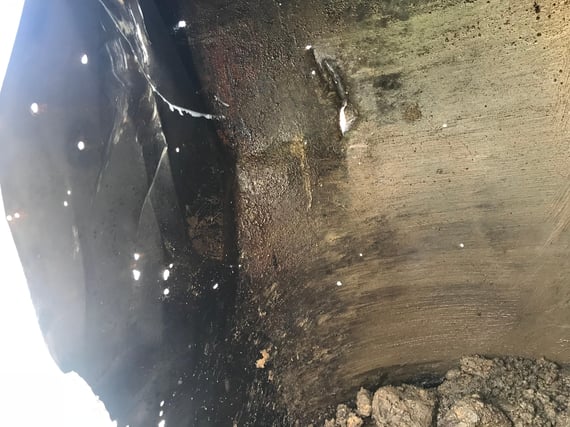
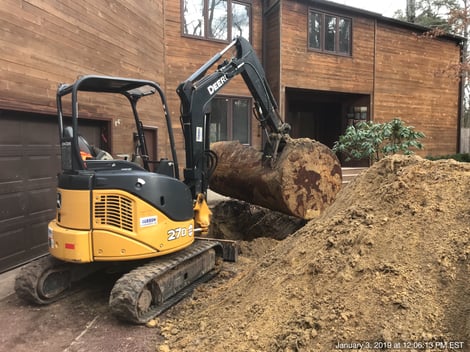
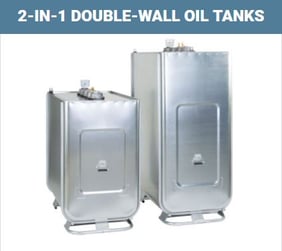
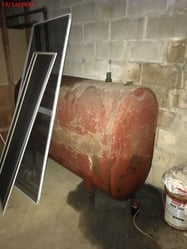
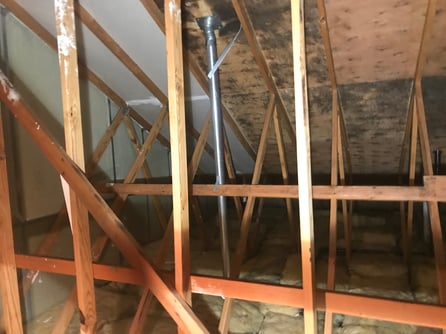
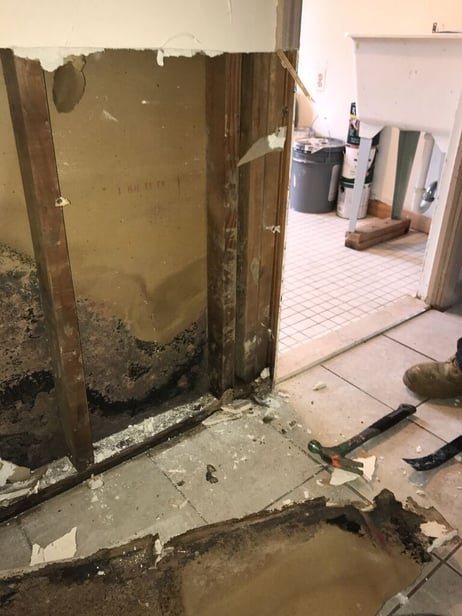
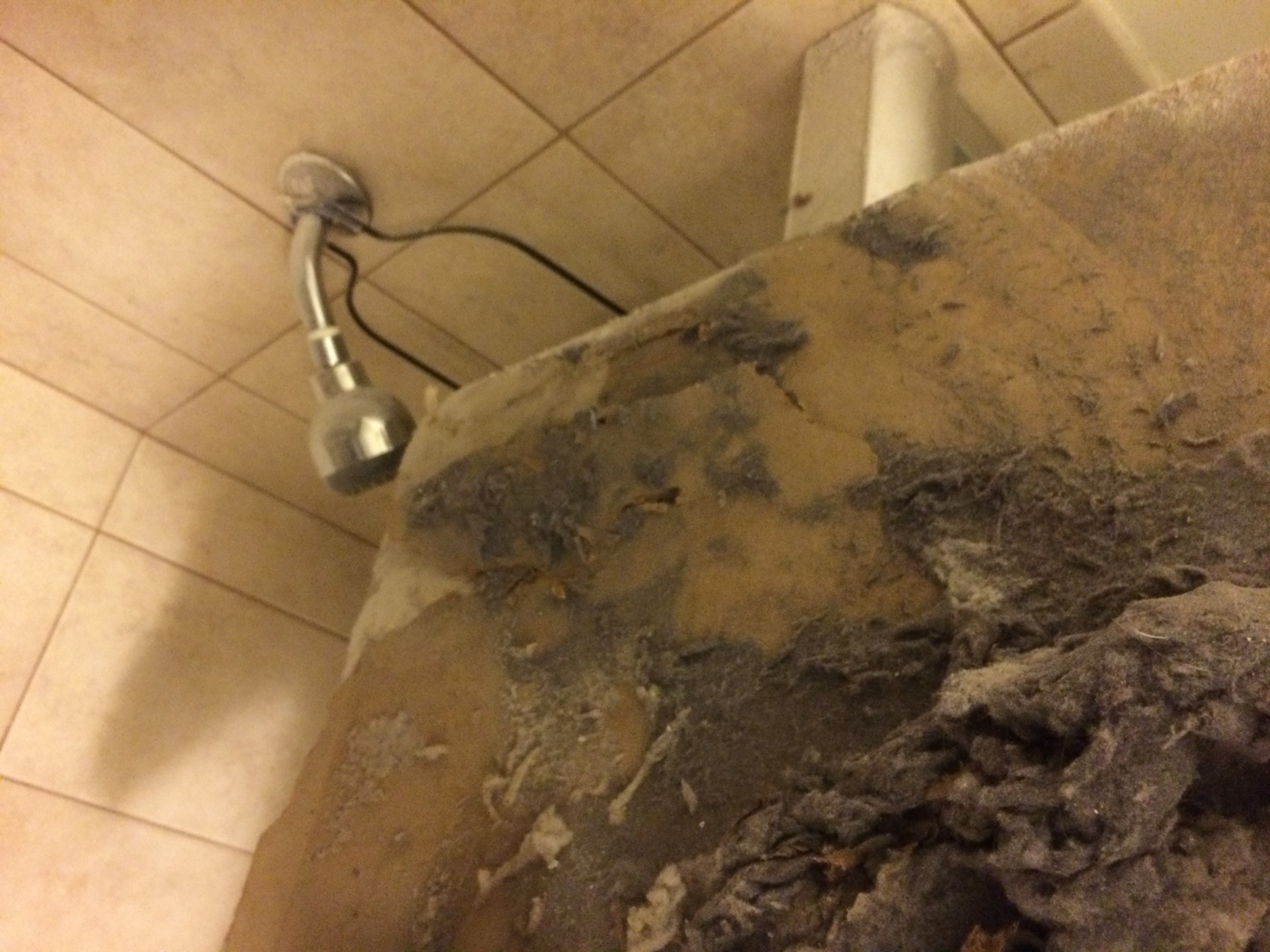
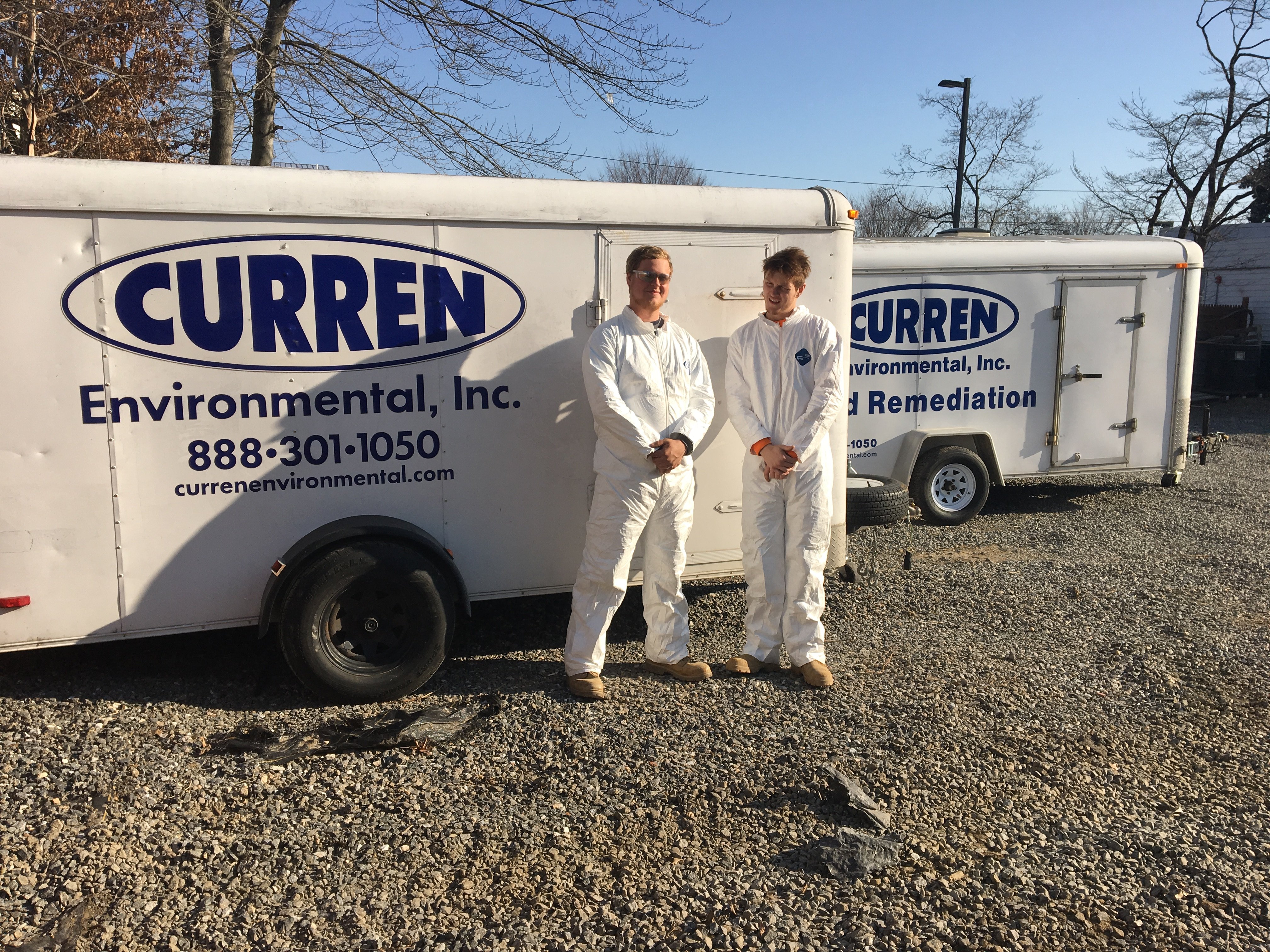

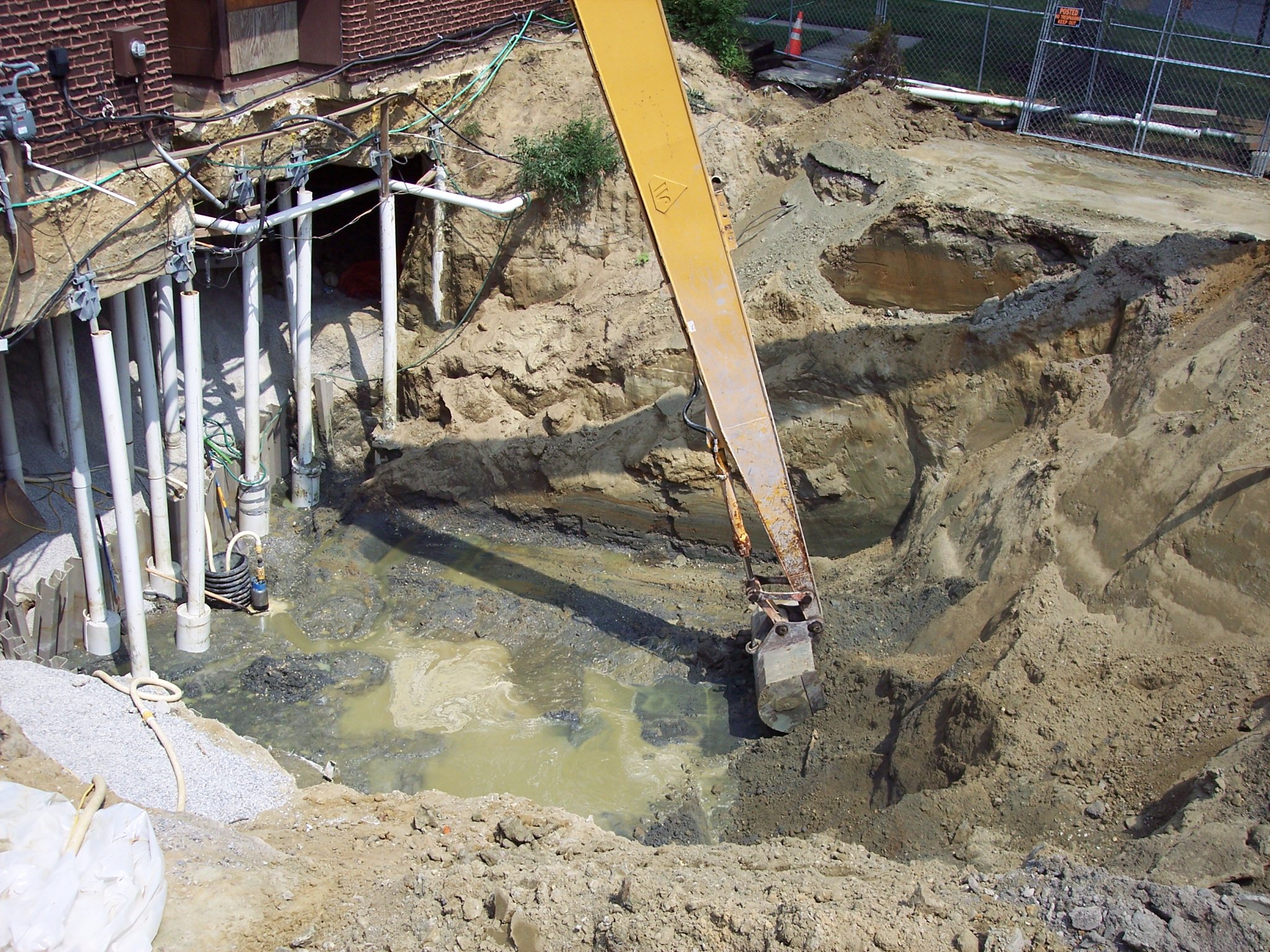
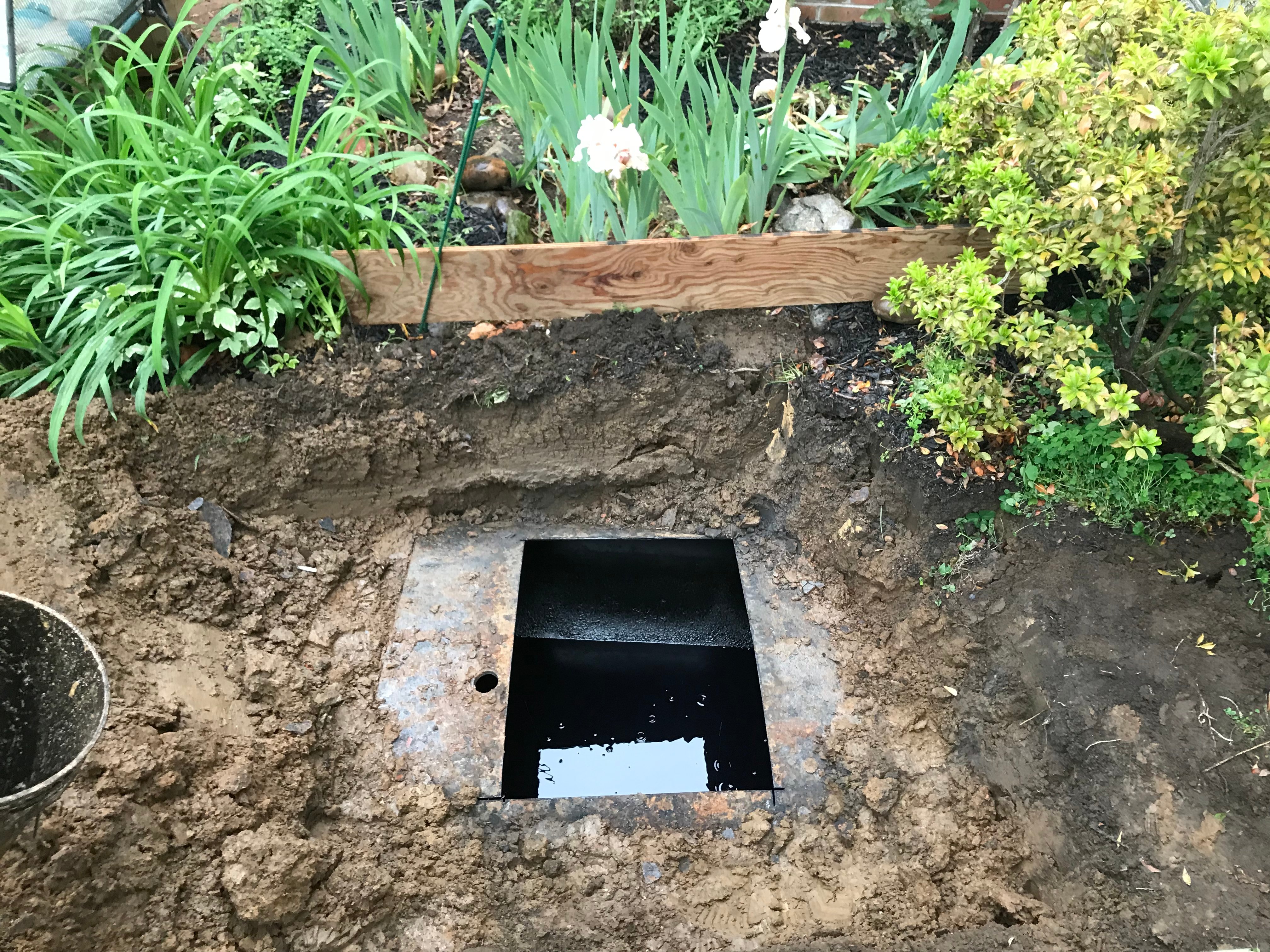
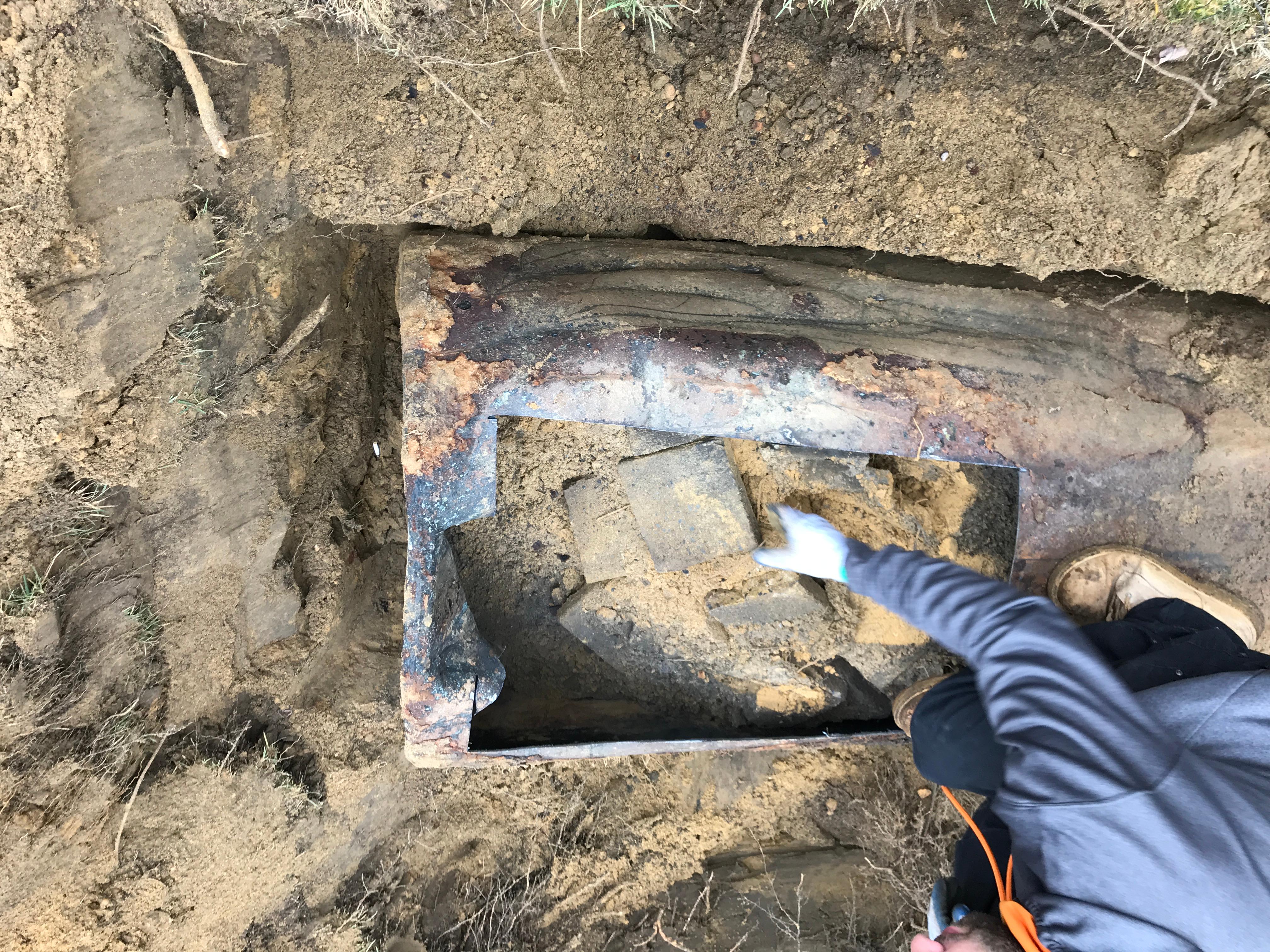

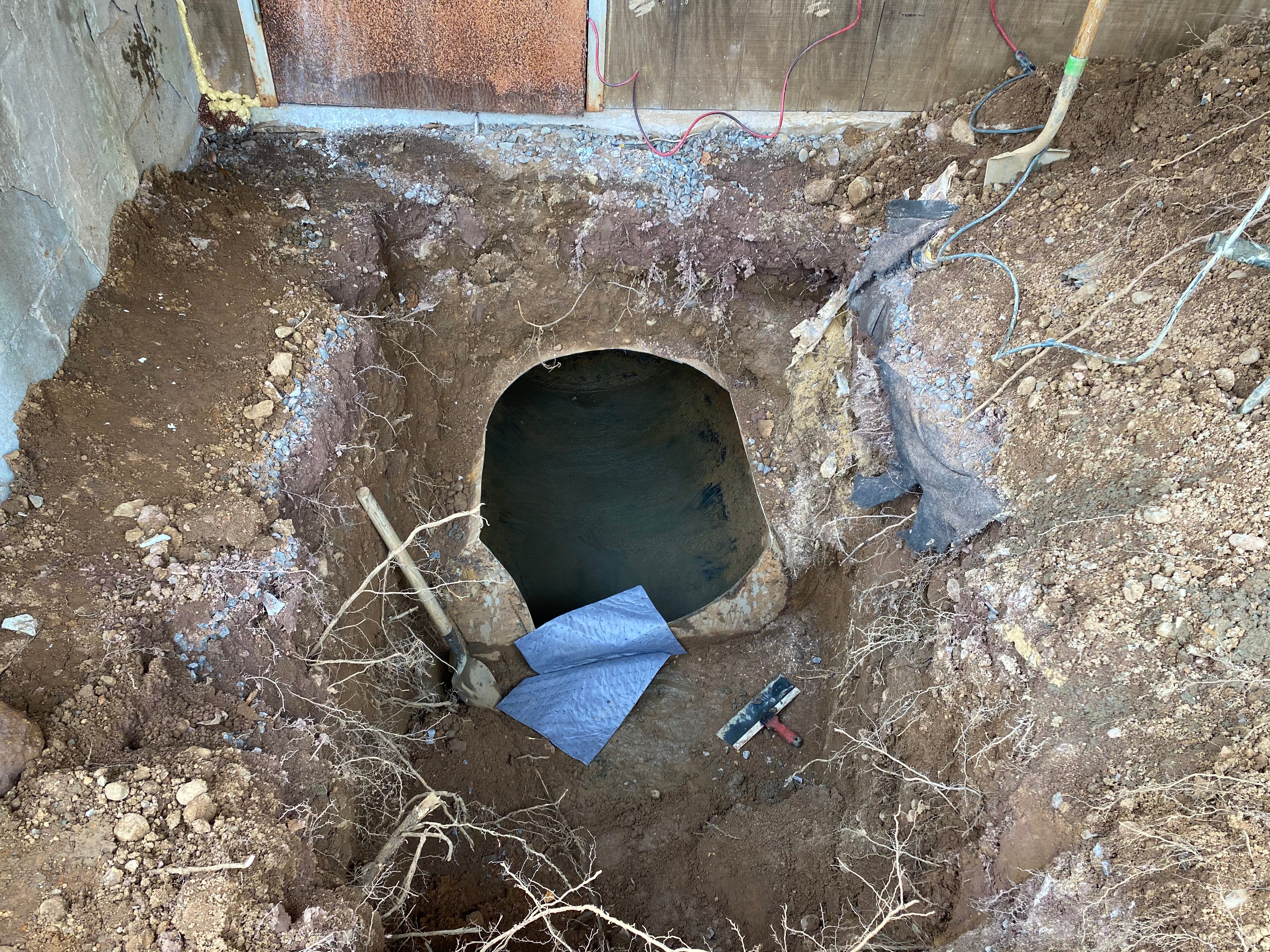
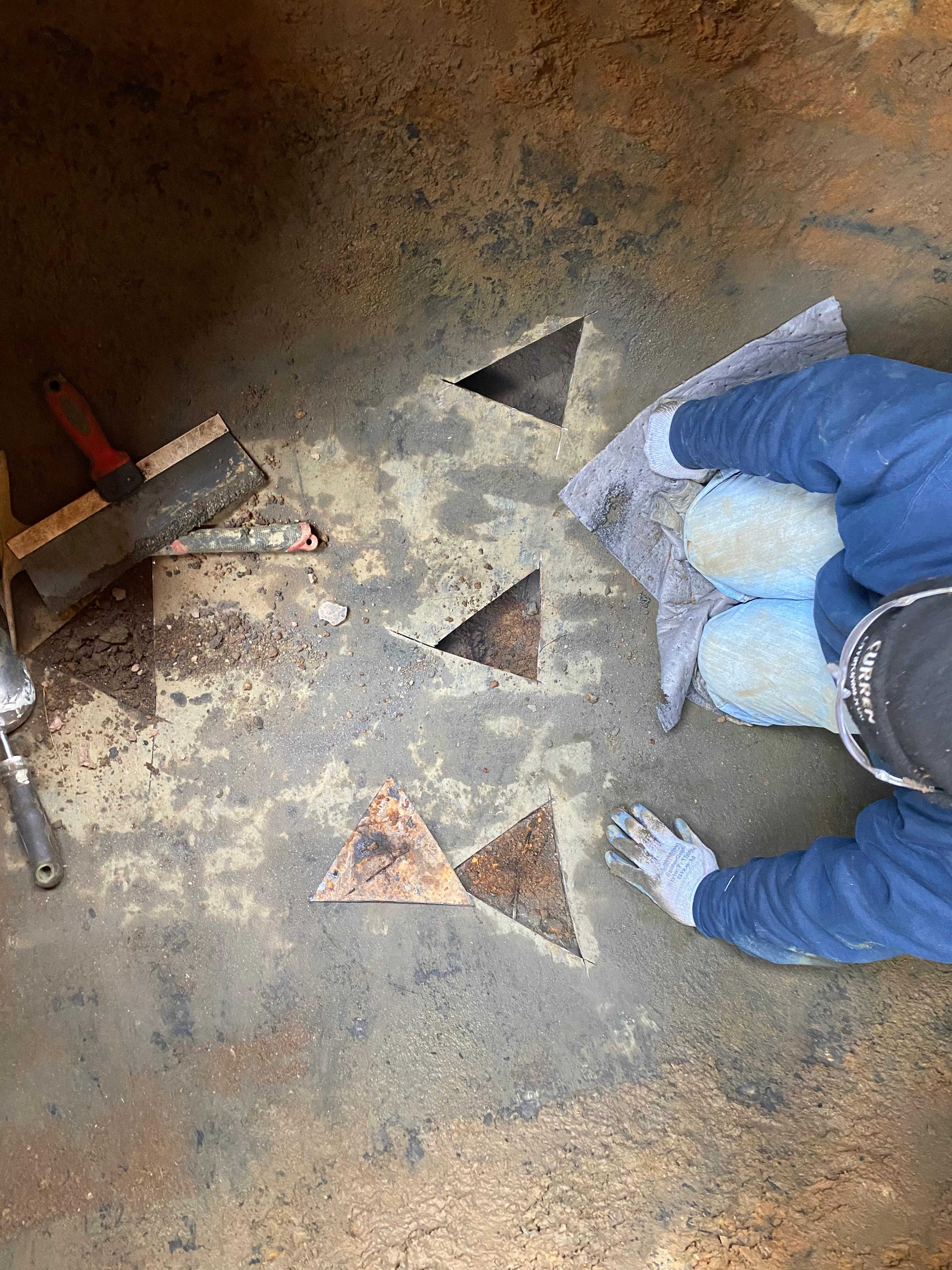
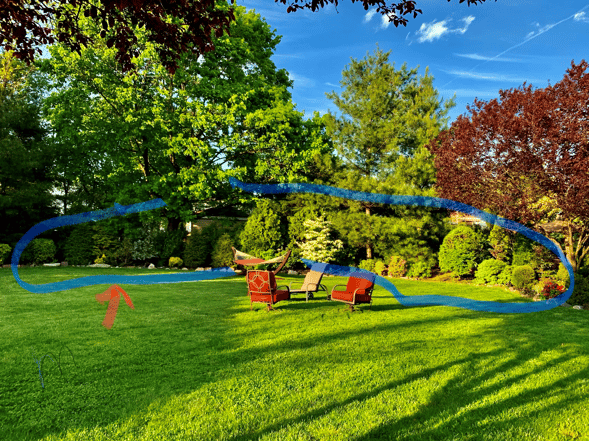
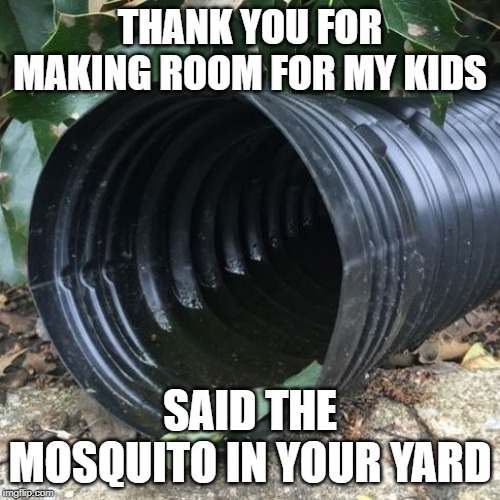

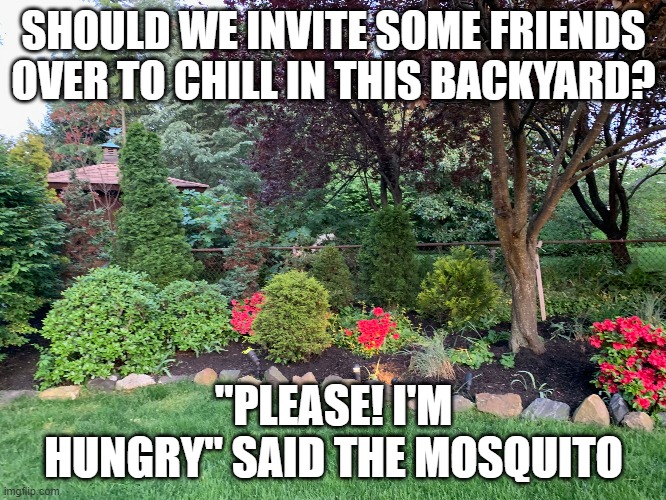
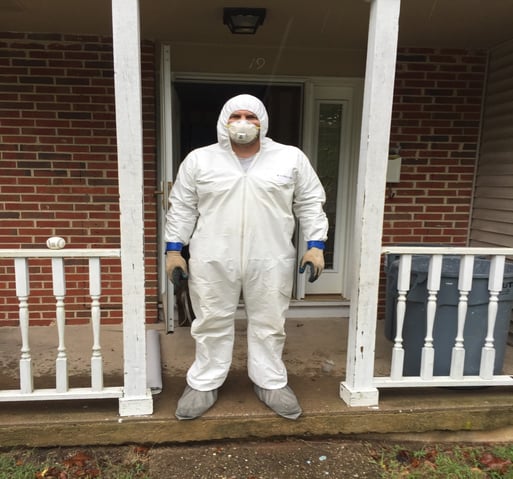
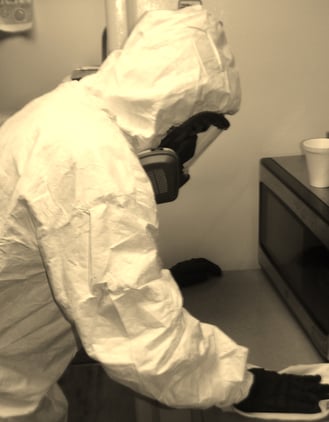
-1.jpg?width=317&name=mold%20remediation%20(2)-1.jpg)